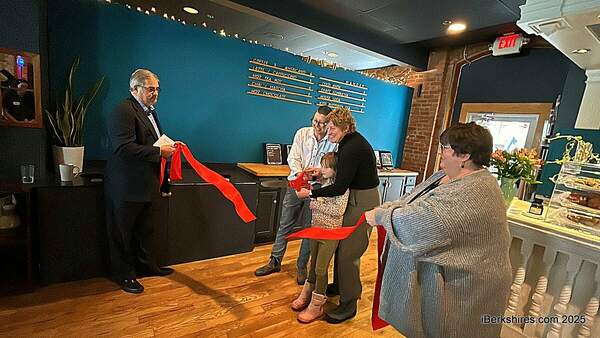
CEDS Committee Prioritizes Economic Development Projects
 |
The 18-member committee of Berkshire County's leaders in government, business, and education is narrowing down an 82-project wish list to find a few eligible for up to $500,000 in federal grant funding from the federal Economic Development Administration.
The Berkshire Regional Planning Commission is leading the development of the Comprehensive Economic Development Strategy that will put the county in line for grant money.
"We did get a range of projects," said BRPC Assistant Director Thomas Matuszko at the committee's Tuesday meeting. "We didn't disqualify anybody. We wanted to keep this as broad and open as possible."
Each committee member will score each projects submitted from across the county by two criterions - one by the groups goals and objectives laid out by the group in its three prior meetings and another developed by previous committees that ranked the economic impact on the community.
BRPC also will be ranking the projects based on the federal Economic Development Administration's priorities; the scores will develop a prioritized list for the committee's Feb. 15 meeting.
"At some point, we're going to have to have some serious discussions. Some of these are long-range strategic priorities and there are other things that presumably could get done tomorrow," Nathaniel Karns, BRPC executive director, said. "you've got kind of a mixed bag that you will be working with."
Some of the projects' proposals are very vague, some seem like pipe dreams, and others are fully formed. Ideas range from workforce development to programs to physical developments. Some of the ideas were nearly identical and lumped into one.
Wired West and the state's Massbroadband 123 initiatives were lumped together as a regional project to expand and upgrade broadband, addressing a problem found especially in smaller towns.
Some of the well-known projects include expanding the Berkshire Creative Challenge to allow more businesses to participate, restoring the Mohawk Theater and the North Adams Plaza, improving the road near the new BJ's Wholesale site on Hubbard Avenue, and developing Greylock Glen in Adams.
Lesser-known projects include building a sports complex and a civic center in Lanesborough – both projects listed as being in initial planning stages – or building a connector street between West Street and West Housatonic Street.
While some of the projects may be in a conceptual stage and thus at the bottom of the list this year, they might be further developed and move up the list in the future. The committee hopes to update the strategy yearly.
"There are going to be a lot that scores low because of the gaps," Matuszko said. "This planning process is supposed to be ongoing. So if we see some proposals that are not developed we work towards developing those further. Let's really try to concentrate on what's in front of us right now."
Though BRPC may not breed immediate confidence that the process will actually be ongoing, since the county's last CEDS in 2004 never made it to submission. The region has not had a federally approved strategy since 2001.
The project list and committee members are heavily weighted toward Central and South County, while North County has only a few representatives.
CEDS Project List
CEDS Criteria















